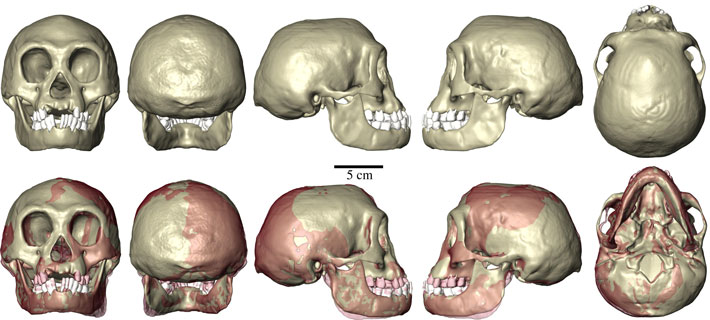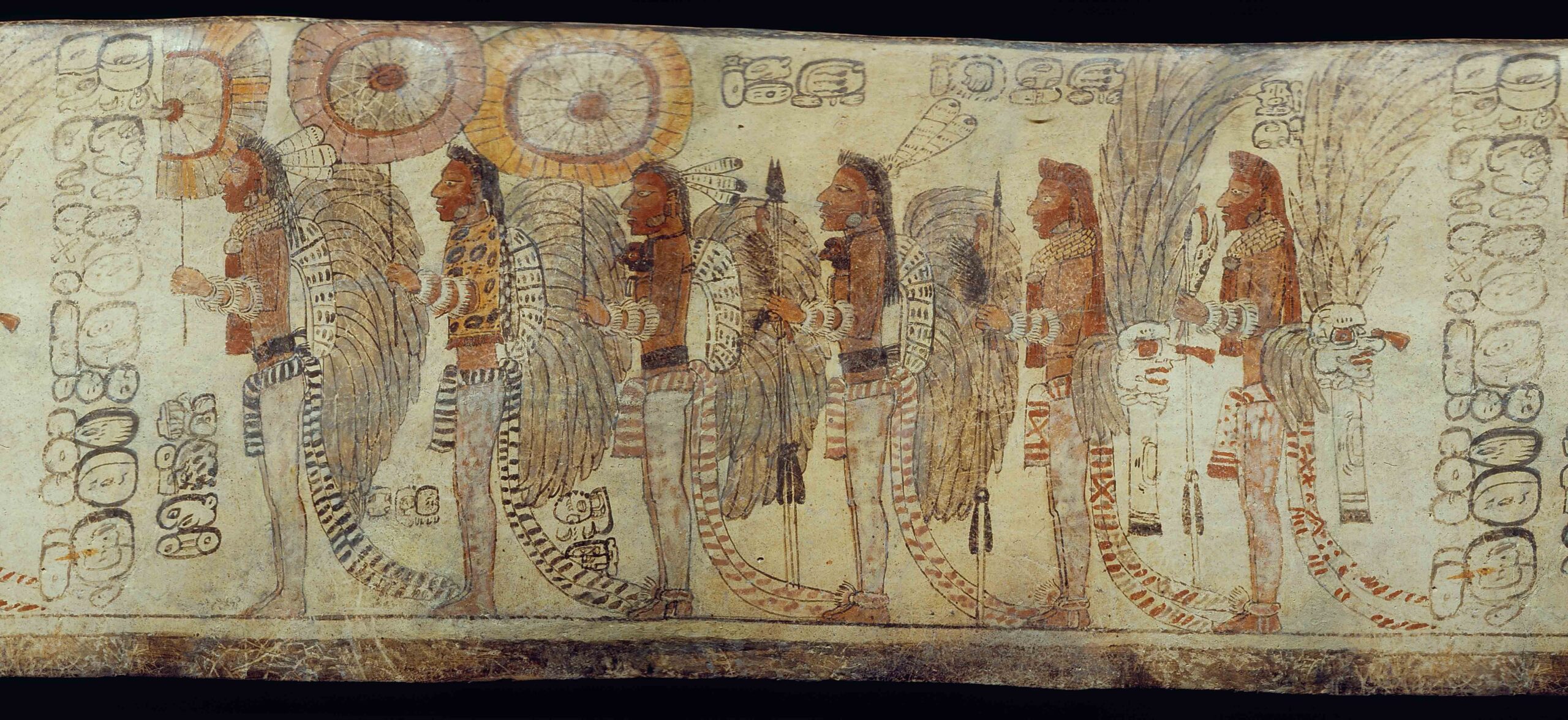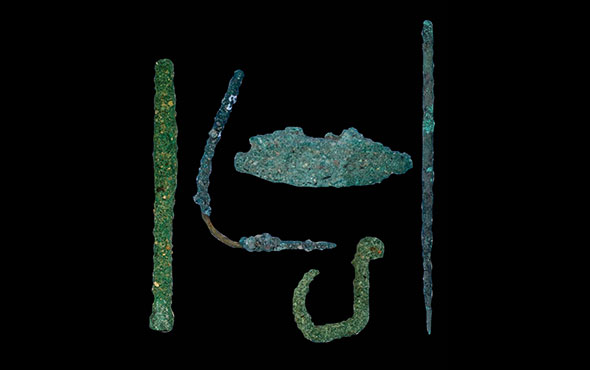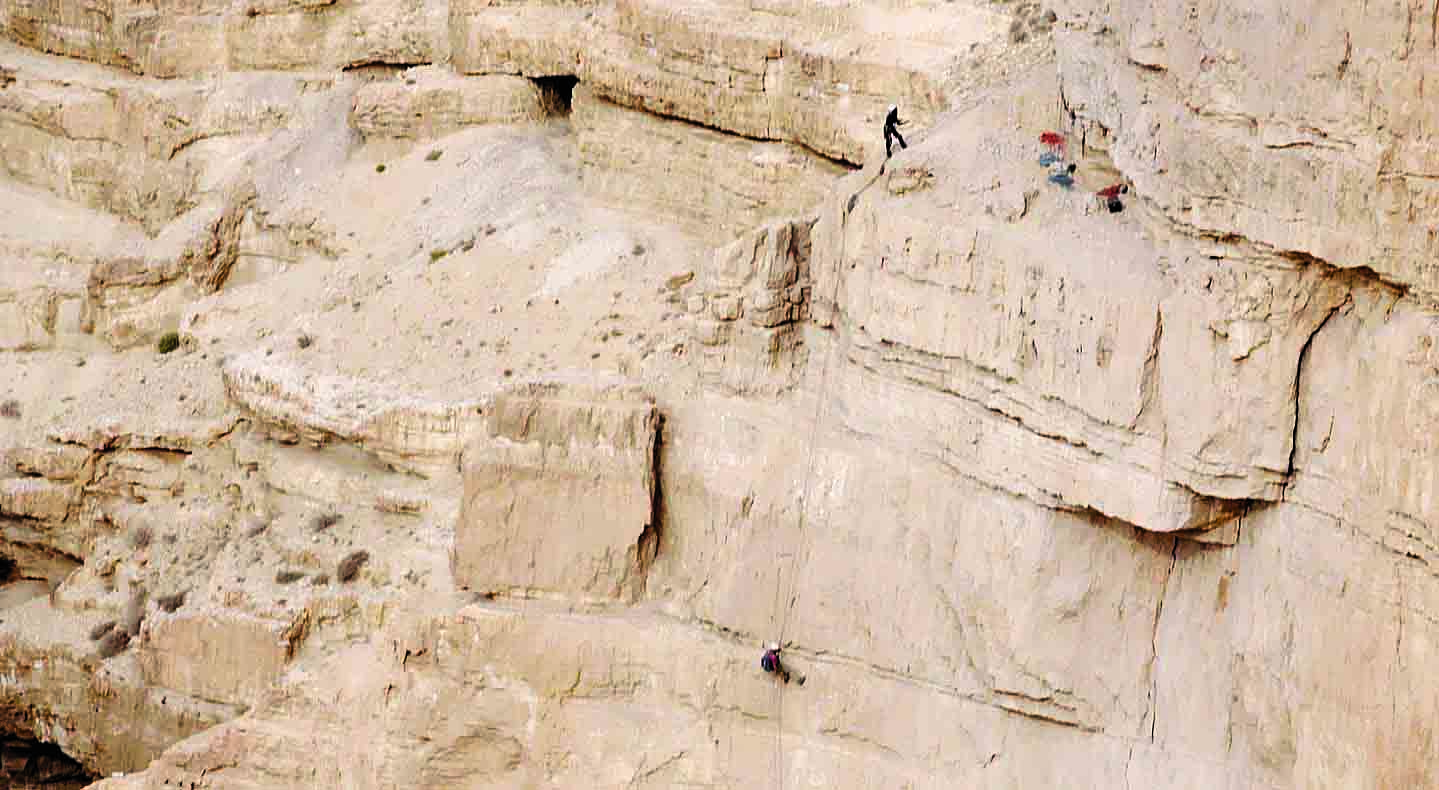
DURHAM, NORTH CAROLINA—According to a statement released by Duke University, researchers from Duke University and the University of Bologna used X-ray CT scans to build a virtual 3-D model of the damaged, incomplete fossil skull of Homo floresiensis, a diminutive hominin nicknamed “the Hobbit” that lived on the Indonesian island of Flores between 60,000 and 100,000 years ago. Rebecca Cook of Duke University said the skull exhibits a heavyset lower jaw, which is usually associated with earlier human ancestors, and a smaller face similar to that of modern humans, who slice and pound food with tools and cook it, making it easier to eat. The researchers then employed computer simulations to mimic the stiffness of bones and the pulling action of muscles to investigate how Homo floresiensis might have bitten off and chewed its food. These results were then compared to similar tests of the skulls of chimpanzees, modern humans, and early human ancestors who lived in Africa two to three million years ago. The study suggests that the bite exerted by Homo floresiensis was similar to that of modern humans, but with a greater risk of straining or dislocating the jaw when eating hard or tough foods. Justin Ledogar of Duke University said analysis of other members of the Homo genus, such as Homo erectus, could help researchers place Homo floresiensis in the human evolutionary tree. Read the original scholarly article about this research in Interface Focus. To read about the last known members of Homo erectus, go to "Around the World: Indonesia."










